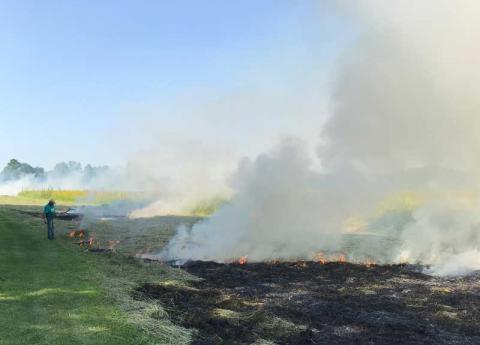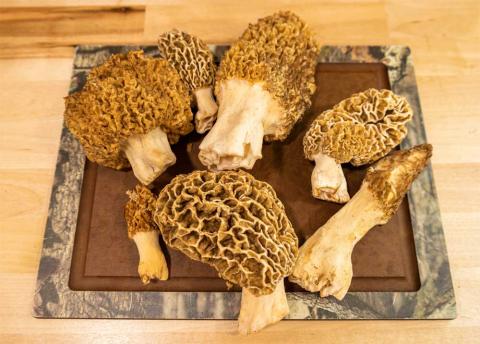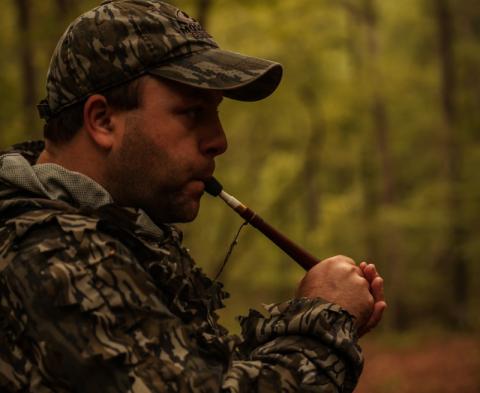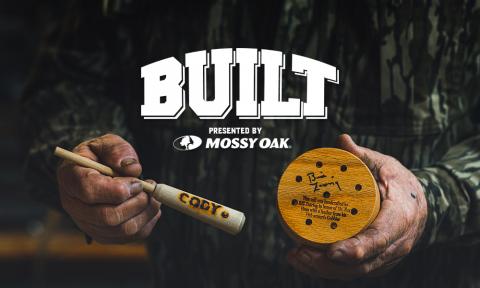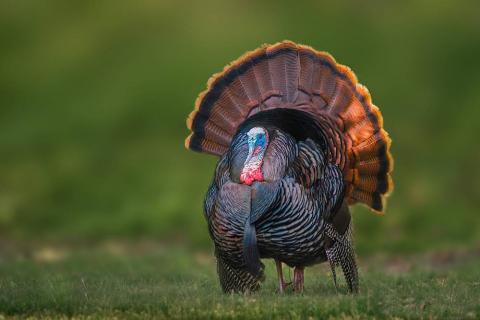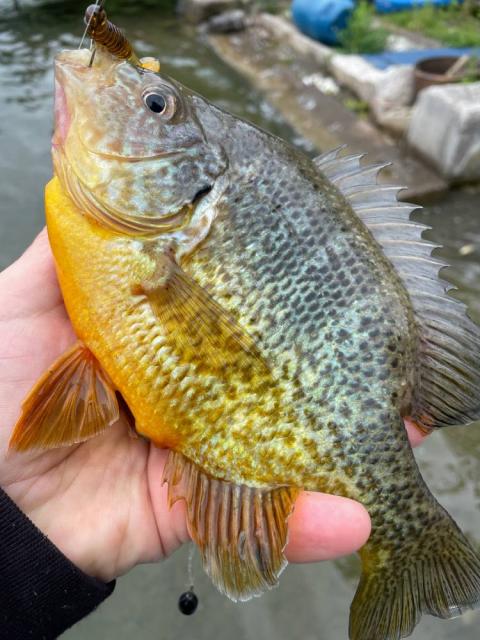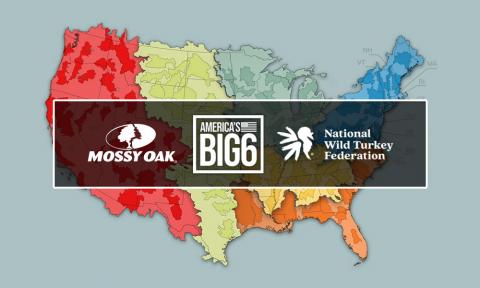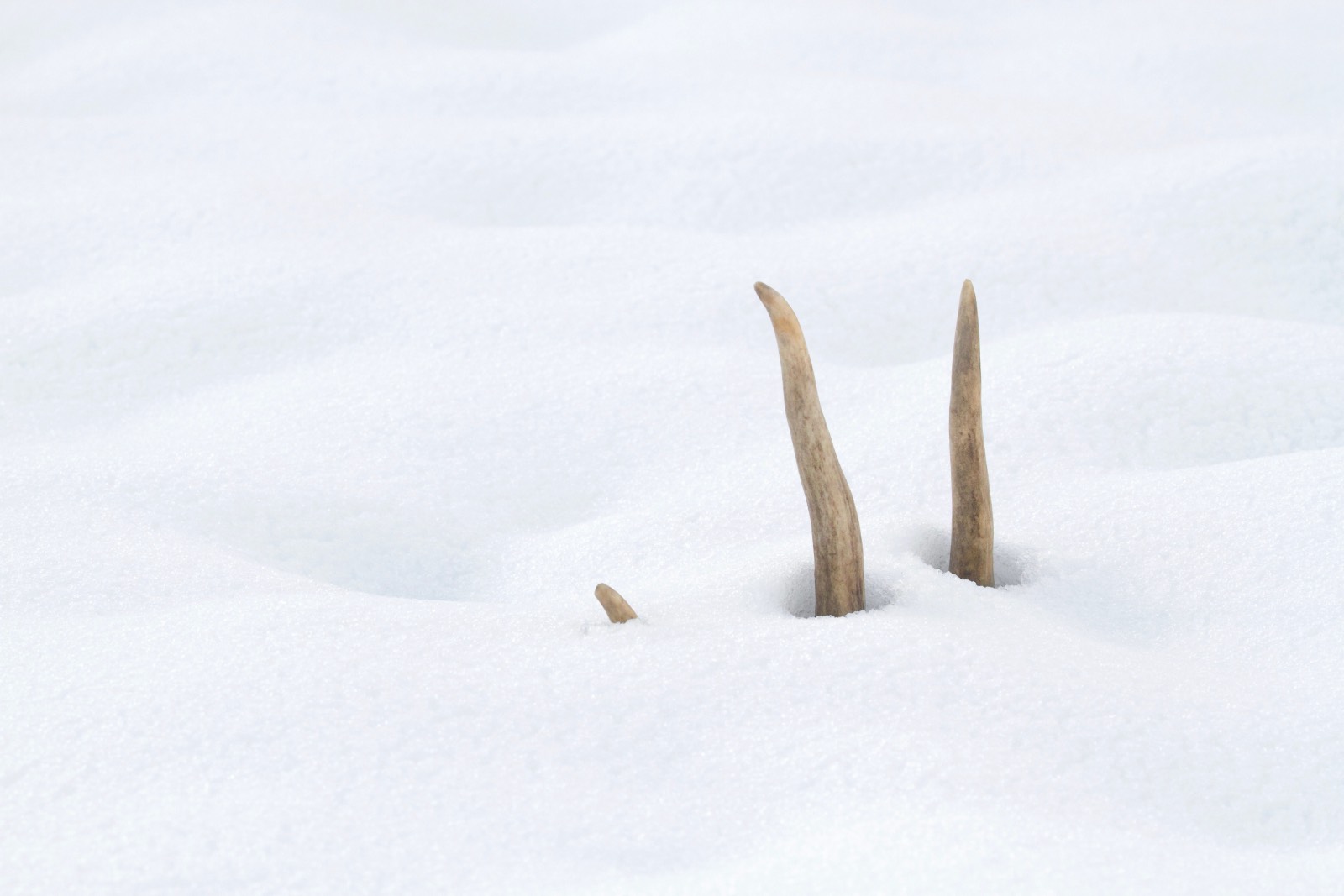
Gerald Amy
Late winter can be a tough time for those who love outdoor sports. Deer seasons have closed and turkey season is still a few months away. Fishing has yet to ramp up to full speed with cold water temperatures or ice still on the lakes in the north. There’s one sport, however, that can fill in this “dead time” perfectly — shed antler hunting.
Some people even consider this activity more fulfilling than hunting the animals themselves, because you are always on the go, up and moving, searching for that cast-off bone that bucks have left somewhere in the woods or fields. This kind of active, aggressive approach to actually hunting whitetails, on the other hand, is seldom productive.
Shed hunting also offers many strategic rewards to gamekeepers, giving you lots of valuable information about which bucks survived the season and where they were in late winter when the antlers dropped.
It’s an important piece of information for management plans to know which deer survived and which ones are using your property after the hunting season closes. Trail cameras can reveal some of this data, but there’s no disputing that a shed antler means a deer is alive (or at least he was when crown was cast) and should be part of the local herd for next season. Find a shed or a pair of sheds and you know that buck should still be out there, challenging you to pattern and harvest him next season.
By finding a shed antler you can also get a good read on how old a particular buck is that you may have caught a glimpse of and wondered if he was a “keeper” — over three, four, or five years, depending on your management criteria. Scoring a matched pair or even a single antler lets you know what caliber of bucks are around in the areas you hunt.
From a more practical standpoint, you can discover movement patterns, staging areas, and bedding sites bucks are using. Find a mature animal’s shed in January or February, and you know pretty well where a good late-season stand location might be.
Shed hunting also offers a great way to get in shape for turkey season. Walking is one of the best exercises for gradually getting fit to challenge spring gobblers. Consider shed hunting as both a sport in its own right, and a preparation for next year’s deer season. While you’re searching for cast off antlers, you’re also scouting for sign that will help you pinpoint the best ambush spots for the coming fall.
Here are some pointers from a helplessly addicted shed hunting fanatic (me) who has been participating in this consuming passion for over three decades.
Search at the Best Time
Whitetails can lose their antlers any time between late December and early April. January, February, and early March are the main months they drop. Keep track of your local herd and you should be able to predict within days when the earliest animals will start shedding their antlers. It’s almost the same time every year for a particular deer and that particular area.
Trail cameras can help you time the drop, with images of one-antlered bucks or big-bodied deer without racks. How much competition there is for picking up sheds in your local area will also help you decide how fast you need to make your move to start searching.
As a rule, it’s best to start in mid-January in most cases. In some areas there’s a lot of pressure and you may have to beat other hunters to find the earliest antlers deer drop. This early start may mean you’ll have to go back and recheck some areas later, but that’s always a good idea anyway. Wait too long and mice and chipmunks will gnaw on the antlers to extract the calcium and phosphorous.
If you live in the North and it’s a bad winter with deep snow and difficult survival conditions for whitetails, give some thought to postponing your search for sheds in bedding areas until temperatures moderate to avoid stressing winter-weakened deer you might jump. The snow is likely hiding many sheds anyway.
Work in a Grid Pattern
Working the terrain methodically is the best way to make sure you don’t overlook any antlers. Walk parallel along a side hill, flat, or across a field, then move 50 to 100 yards from that area and work back in the opposite direction, covering new ground. Continue this pattern through the area you’re searching.
Scout While You Search
While searching for antlers, also study the terrain and vegetation for natural travel corridors and funnels. Take note of prime feeding and bedding areas, too. And keep an eye peeled for both heavily used trails and thinly outlined ones off to the side that an older buck might use. All of this information is extremely valuable for deciding where to hang stands for the coming hunting season.
Look for Bedding Areas and Escape Cover
One of the best spots to find sheds is a bedding area. Probe thick, steep, or swampy cover far from access areas where mature bucks bed after a long fall and winter of hunting pressure.
Likely spots include conifer stands that block the wind and offer thermal protection, swampy areas with cover, benches below ridges, saddles, dense creek bottoms, growing-back clearcuts, islands in rivers, and brushy draws. These are not only prime daytime bedding sites but also escape locations mature animals flee to in high-pressure hunting areas. On my property, 75 percent of the mature buck sheds I find are in bedding or remote escape cover.
Transition Corridors
Besides bedding areas and escape cover, the next best spots to search for sheds are travel routes and transition corridors. From known bedding areas, search trails that spoke outwards, leading straight or meandering towards major feed areas. At times these feeding locations will be a long distance away, other times close to the bedding area. And of course, mature bucks will use different routes on different days, so scour the habitat carefully near the travel corridor as well as the trail itself.
Look for spots where deer jump fences or cross creeks along these corridors. Think about places where a jump might dislodge an antler that otherwise would have hung on for longer.
Search for and Follow Rub Lines
During late winter and early spring, some rubs are still bright, others may be beginning to fade. But you can usually find plenty of these markings where bucks rubbed their antlers on small trees in late winter. I’ve picked up several nice sheds right next to rubs.
Even more important than a lone rub is a line of them. Follow it as far as you can and a heavy shed could be your reward. Extra-large rubs on trees the size of your forearm or larger always deserve careful scouring in the immediate area since they are typically made by mature bucks in their core home territory.
Work in a Circle to Find Sets
If you find one shed, work in a gradually widening circular pattern to try to locate the other half of the set. It may be close, but maybe not. I’ve found the match to a rack as far as a mile away from the first antler. Still, it’s worth searching extra carefully near the first one you find. You may get lucky and score a matched set.
Probe Feeding Areas
If a deer is not bedded down or moving, chances are it’s eating. Depending on where you hunt, these areas can sometimes rival bedding sites as prime spots to pick up sheds. They’re especially productive on private land. Search known food plots, agricultural fields, and areas with abundant browse that might draw deer. They could spend the whole night there, dropping their headgear while they feed.
If snow doesn’t blanket the ground, wheat fields can be magnets for late winter bucks, as can rye, oat, triticale, or barley fields. In southern regions, clover fields see heavy late winter and early-spring visitation. In the north, if brassicas are still available look there, or around any corn fields. If acorns are still available, oak flats can draw late season bucks.
Persimmon trees often hold their fruit well into January. I watched one brute of a ten-pointer mount a late-cycling fawn doe next to a persimmon tree on my land in February and then proceed to snack on the remaining fruit — a nice after-sex snack. Later that month I found one of the 150-class buck’s sheds within 50 yards of that persimmon tree.
Search South and Southwest-facing Slopes
In hilly or mountainous terrain, these areas are hotspots. They receive the most warming afternoon solar rays in winter and are favorite hangouts for all deer. A bench, saddle, or ridge bathed in sunlight can be a prime spot to pick up sheds.
Check out Burned Fields
Places that have been burned are terrific for shed hunting. The blackened ground makes it easy to see the bone-white antlers, and lots of forbs sprout in these areas, drawing in bucks. Check with wardens, the forest service, or county extension agency to find out where burns have taken place.
Search Native Warm Season Grass Stands
Tall stands of switchgrass, Indian grass, and big and little bluestem offer prime winter bedding cover. They protect deer from chilling winds but allow the sun’s rays to beam down and warm their bodies. Since these grasses can grow six to eight feet tall, mature bucks feel very comfortable bedding in them. By spring they aren’t as thick but still require careful searching.
Train Your Vision
The best way to do this is through lots of practice. Look for the glint of sunlight of an antler, the graceful curve of a main beam, points jutting up above the leaf litter or through the snow. Eventually you’ll train your eyes and brain to pick out sheds from leaves, grass, and soil almost instinctively.
Move Like a Turtle, Not a Hare
Beginning shed hunters often walk too fast. It’s important to slow down and even rework some areas if they look good or if you’ve found one side of a rack nearby. Then re-search prime areas a few weeks or a month later if you start searching early. A few bucks on my property retain their racks into late March. Don’t miss the chance to collect those late-dropping antlers.
Bring a Dog
Although a trained shed-finding dog is great, you don’t need a well-trained dog to help you locate sheds. After a few brief training lessons with the sheds you have, almost any dog can work. Just make sure they stay close.
Put on a Drive
You may not like to drive deer during hunting season, but no one can object to searching a large tract piece of property with a group of friends after seasons close. Spread out 30 to 60 yards or so apart and stay parallel as you work through the terrain. This makes shed hunting a social event and everyone can share in the excitement when a large shed is found.
Hunt During a Rain
This advice may seem odd, but rainy, drizzly days are best for spotting antlers. Sheds seem to glow with an inner light during these conditions and show up better than on bright sunny days. Overcast days are second best. On clear sunny days, hunt early and late. Sheds show up better than under a bright midday sun with its harsh shadows and glare. Wearing polarizing glasses helps on those bluebird days.
Don’t Expect to Find Matched Sets Easily
Carry a good luck charm and you might find lots of matched sets of antlers close together. That’s the exception, though, rather than the rule from my experience. I’ve seen bucks with one antler roaming around for days before they drop the other side…sometimes a mile away. Keep at it and you might find that matched set. But don’t expect it to come easily.
Cover the Best Areas Twice
Different bucks shed at different times, so it’s wise to go through prime areas twice. Sometimes just moving through an area from a different angle or direction with different lighting conditions may turn up sheds that were there earlier but got overlooked. Others maybe weren’t dropped yet when you went through that location.
Pack the Right Gear
Carry a sturdy walking stick and tote a daypack for lunch, water, and any sheds you find. A pair of binoculars will help you examine suspicious objects you see at a distance that you would otherwise have to walk over to. More than once I’ve had these white “objects” turn out to be jumbo sheds when scrutinized with optics.
One thing that is important in shed hunting is to keep realistic expectations about how many and what kind of sheds you might find. I’ve been skunked and I’ve found backpacks full on good days. Make it enjoyable no matter how many you find. The fact is, not finding sheds may also tell you a lot and help you in planning your fall hunting strategy. Also remember that it is a sport in its own right, and should be enjoyed for its own rewards. Just because you might get skunked on a fishing trip doesn’t mean you didn’t enjoy the day. Think of shed hunting the same way. Hunt antlers because you enjoy it. With that attitude, when you don’t find any sheds or only a few, you’ll still consider it a good way to spend a late winter or early spring day.














